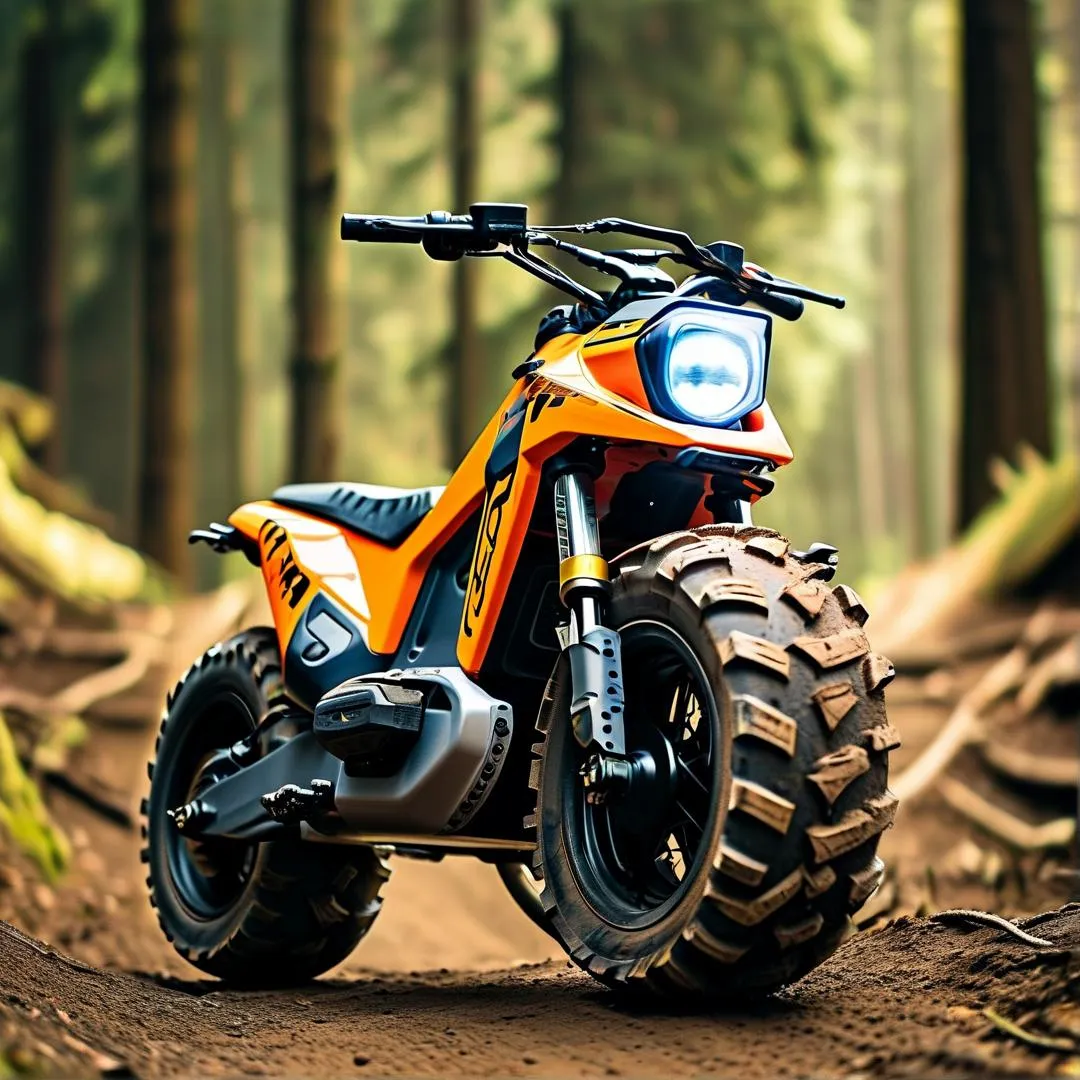When planning an off-road adventure, choosing the right electric ride can make or break your experience. Two contenders dominate the conversation: electric scooter dirt bikes and all-terrain e-bikes. Both promise adrenaline-pumping rides, but their strengths cater to different rider priorities. Let’s break down their performance, practicality, and value to help you decide which machine deserves your investment.
Power & Performance: Torque vs. Efficiency
Electric scooter dirt bikes, like the popular Razor MX650 or Segway X260, prioritize raw power. With motors ranging from 500W to 2,000W, these machines deliver instant torque for climbing steep inclines and navigating rocky trails. A 2023 study by Electric Vehicle Dynamics Journal found that dirt bike-style scooters outperform most e-bikes in short-burst acceleration, hitting 0-20 mph in under 4 seconds.
All-terrain e-bikes, such as the RadRover 6 Plus or Super73-R Adventure Series, focus on sustained power delivery. Mid-drive motors (typically 750W–1,000W) paired with pedal assistance allow riders to tackle longer distances—up to 50 miles per charge versus 25–30 miles for most scooters. The pedal-assist feature also lets riders conserve battery on mixed terrain, a key advantage for multi-hour adventures.
Terrain Handling: Agility vs. Stability
Electric scooter dirt bikes shine in technical environments. Their lightweight frames (60–90 lbs) and motorcycle-style suspension systems provide nimble handling over roots, rocks, and tight switchbacks. However, their smaller tires (10″–12″) can struggle in deep mud or loose sand without expert weight distribution.
All-terrain e-bikes leverage fat tires (4″–5″ wide) and lower centers of gravity to dominate soft surfaces. Models like the Bakcou Mule integrate full suspension with 26″x4.8″ tires, creating a “float” effect across snow or sand. While heavier (70–100 lbs), this design offers superior stability for riders prioritizing control over agility.
Portability & Practicality
Scooter dirt bikes win for urban adventurers needing storage flexibility. Folding handlebars and removable batteries (e.g., NIU BQi-C3 Pro) let users stash them in car trunks or apartment corners. However, their lack of pedals means you’re stranded if the battery dies mid-ride—a risk highlighted in Consumer Reports’ 2024 reliability survey.
E-bikes solve this with pedal-powered backups but require more storage space. Brands like Aventon address this with semi-foldable designs (e.g., Aventure.2), though assembly still demands effort. For riders mixing trail use with daily commuting, e-bikes double as eco-friendly transportation—a perk 68% of buyers cited in a recent Ridepanda industry report.
Cost & Maintenance Breakdown
- Upfront Costs: Scooter dirt bikes are cheaper entry points ($1,200–$2,500) versus premium e-bikes ($2,800–$6,000).
- Long-Term Value: E-bike components (chains, derailleurs) require regular upkeep, while scooters need frequent brake pad/tire replacements due to high-torque strain.
- Battery Replacement: Scooter batteries degrade faster under heavy load; expect replacements every 2–3 years versus 4–5 years for e-bikes (GreenTech Renewables, 2023).
User Scenarios: Which Ride Fits Your Lifestyle?
- Thrill-Seekers on a Budget: Opt for a scooter dirt bike to master jumps and technical trails without breaking the bank.
- Distance Explorers: Choose an all-terrain e-bike for 20+ mile adventures with integrated cargo racks for gear.
- Urban Adventurers: Hybrid models like the Juiced RipCurrent S balance street legality with off-road capability.
Verdict: It’s About Priorities
Neither machine is objectively “better”—the choice hinges on your primary use case. Scooter dirt bikes deliver unmatched excitement per dollar but lack versatility. All-terrain e-bikes justify their higher cost with multi-functional design and endurance. Test-ride both at local dealerships (recommended by EV Magazine’s certified network) to gauge ergonomics firsthand.
Pro Tip: Check local laws—several states restrict high-power scooters on public trails but grant e-bikes broader access under Class 2/3 regulations.




Leave a Reply